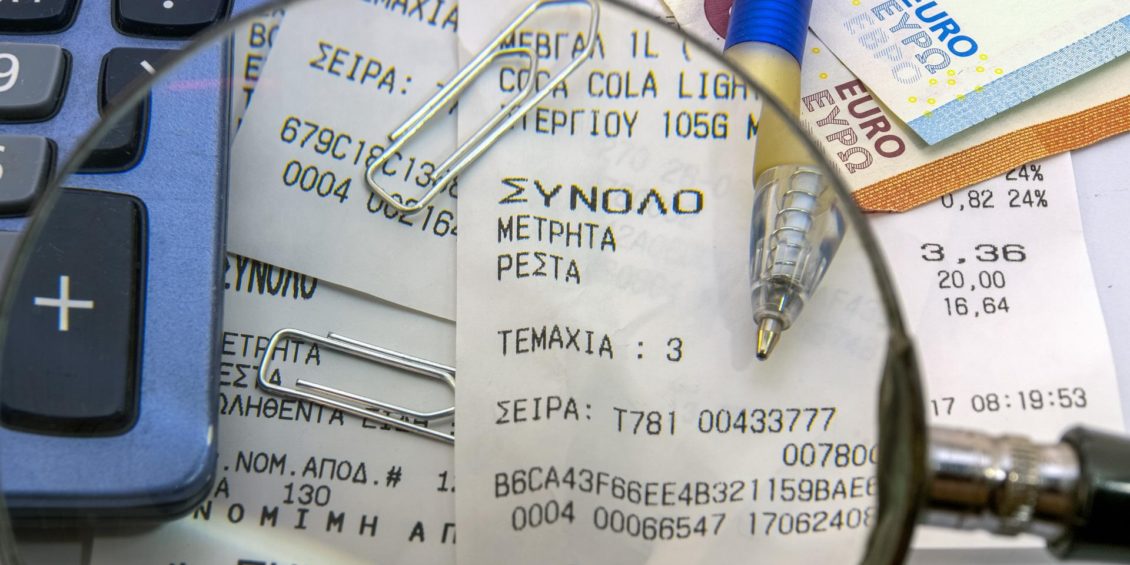
Visa’s Compelling Evidence 3.0 (CE 3.0) initiative is scheduled to go into effect April 15, 2023. A large portion of it applies specifically to disputes marked with reason code “10.4/Other Fraud–Card-Absent Environment;” a code often associated with friendly fraud.
CE 3.0 will let merchants share additional evidence in regards to 10.4 disputes, demonstrating that a sale was both legitimate and authorized by the cardholder. According to Visa, compelling evidence can now include the device ID/device fingerprint or the IP address used in the purchase, in addition to the customer account/login ID or the delivery address.
The merchant will need at least two of these elements from two or more undisputed transactions made more than 120 days before the sale that is being disputed.
This is good news on its own. But, what may be more relevant is that Visa CE 3.0 gives merchants two avenues for using the newly allowed evidence: in the actual dispute response, or before the dispute is formally filed.
If a dispute is filed, and the merchant correctly shares the necessary compelling evidence in the dispute response, liability shifts to the issuer and the dispute will likely be reversed. However, if the issuing bank contacts the retailer before the dispute is filed–and the merchant responds by providing the required evidence–the customer inquiry will be canceled.
Benefits for Merchants
While a lot can change before it goes live, Visa’s CE 3.0 looks to offer several benefits for merchants:
- Fewer Chargebacks: Expanding the scope of compelling evidence will almost certainly decrease the number of friendly fraud disputes, especially when combined with the opportunity to present evidence pre-dispute.
- Lower Chargeback Rates: Preventing chargebacks helps merchants maintain a lower chargeback rate. Fraud ratios should drop, as well. This will result in a reduction of long-term risk exposure for merchants.
- Simplified Representments: Representment is never easy, but CE 3.0 rules give merchants new options to fight back. Merchants have more evidence at hand which can be used to help recover revenue.
On the downside, the requirements for prior-transaction evidence will be much more stringent. For most merchants, it will mean devoting more attention to transaction details and keeping tight, easily accessed transaction records.
It’s also important to note that some types of merchants—those using a subscription business model, for example—will benefit from the new regulations more than others, due to the nature of their transactions.
Pre-Dispute Submission Is a Big Deal
The potential to block disputes before they are filed could be a real game changer for many merchants. On a grander scale, however, CE 3.0 is a good sign for chargeback management in general.
Successfully stopping a dispute before it’s filed saves revenue and protects merchants from taking a hit to their fraud ratio or chargeback rate. The impact from that should extend beyond the individual merchant level. I say that because chargeback ratios are going crazy, as they have been since the pandemic. The situation has progressed to the point that even verticals traditionally considered low-risk (such as restaurants) are having trouble keeping their chargebacks in check.
Roughly two-thirds of disputes are likely cases of friendly fraud. As a result, merchants are facing significant losses; not from criminals, but from their own customers. The card networks could raise the acceptable threshold for disputes, but that’s only a temporary solution. It sets a bad precedent as well: if the problem continues to grow, do they raise the bar again? How high can they go before hitting the point of diminishing returns?
CE 3.0 tackles the issue from a different direction. It shows that Visa is making an effort to fix the problem, without tossing the proverbial baby out with the bathwater.
What Should I Do Now?
The launch date for CE 3.0 is still months away. That said, there are things merchants can do now to start preparing:
- Data Retrieval: CE 3.0 options won’t help unless merchants have the right data. Visa has laid out the evidence requirements, but merchants must find a way to rapidly retrieve their data when needed.
- Order Insight: Visa highly recommends sharing evidence via Order Insight. Merchants not already using Verify Order Insight should consider signing up.
- Professional Help: Working with the right chargeback professional is the most cost-effective way to leverage all the benefits of CE 3.0, as well as other facets of chargeback management.
A Final Word
Visa’s new mandates present a candle of hope for merchants drowning in disputes. That said, CE 3.0 will not “fix” the friendly fraud problem. It may help merchants keep fraud rates in check, but the threat is bigger than that.
What CE 3.0 shows, however, is that Visa is taking the problem of disputes seriously, and is attempting to develop solutions for merchants. I think it’s fair to assume other card brands will follow suit, and hopefully more prevention tools will follow.
